Atomic Structure
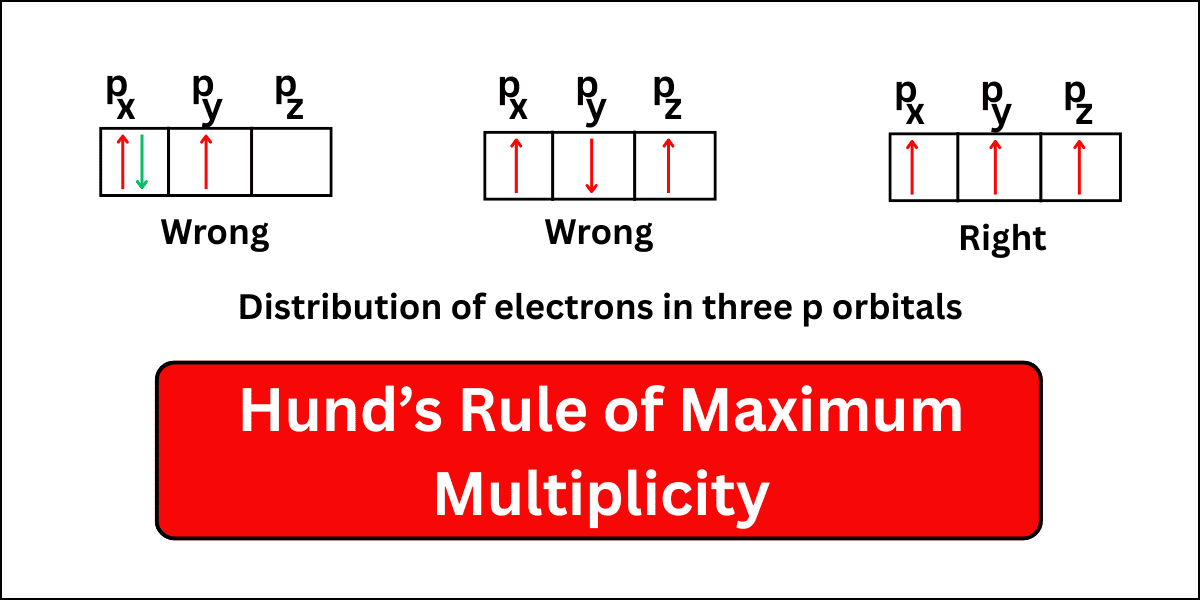
Hund’s Rule of Maximum Multiplicity
Hund’s Rule of Maximum Multiplicity, commonly known as Hund’s Rule, deals with the filling of electrons into orbitals belonging to the same subshell or orbitals of equal energy, known as degenerate orbitals. This rule was proposed by a German physicist,…

Pauli Exclusion Principle: Definition, Examples
In this chapter, we will learn about Pauli Exclusion Principle. You have studied in the quantum mechanical model of atom, the state of each electron in an atom is described by four quantum numbers: An Austrian theoretical physicist Wolfgang Ernst…

Aufbau Principle
In this chapter, we will learn about the Aufbau principle. Filling of electrons into the orbitals of different atom take place according to Aufbau principle, which is based on the Pauli’s exclusion principle, Hund’s rule, and the relative energies of…
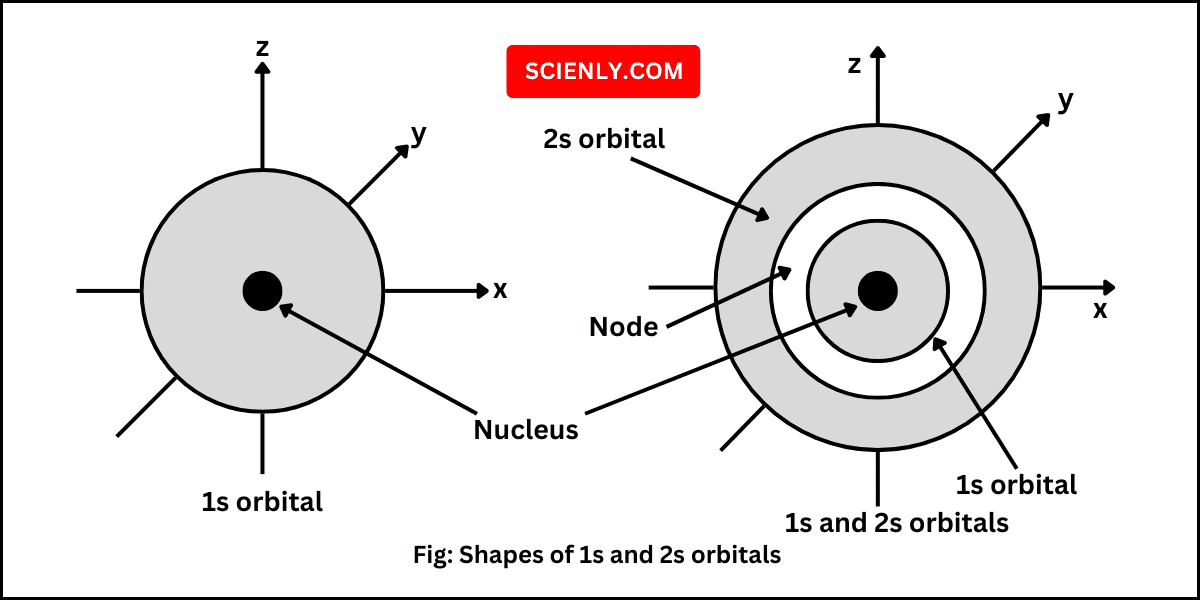
Shapes of Orbitals
In this chapter, we will learn about shapes of orbitals. We know that an atomic orbital is the three-dimensional region or area in space around the nucleus in which the tendency of finding an electron is maximum. The square of…
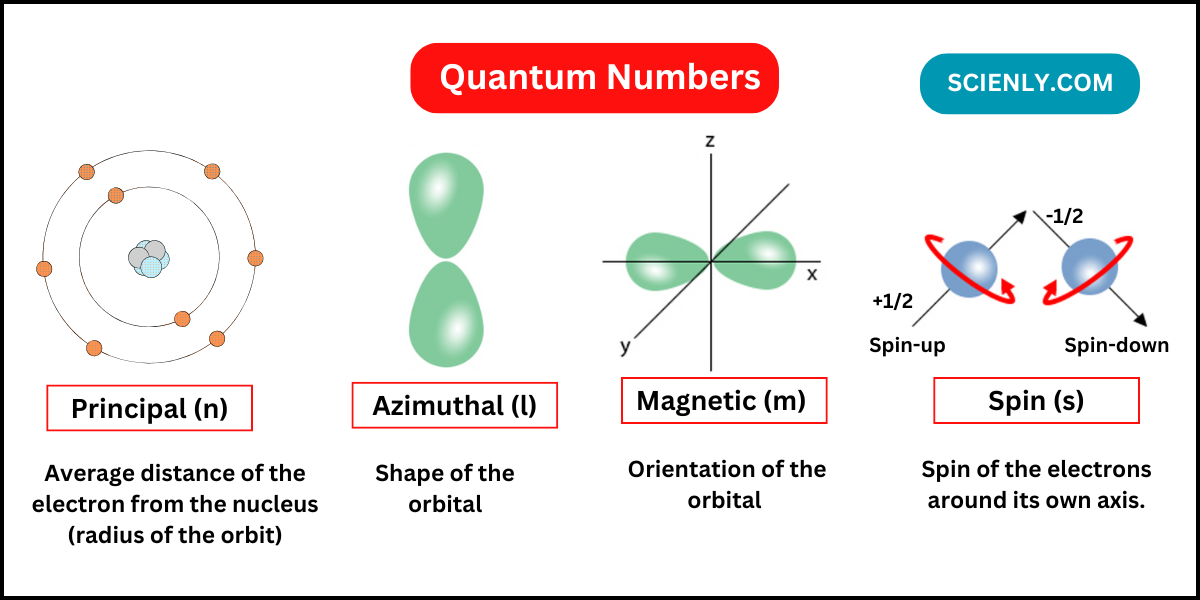
Quantum Numbers (Principal, Azimuthal, Magnetic, Spin)
In this chapter, we will learn about quantum numbers. As you know that there are a large number of persons in the world. If you have to search a particular person in this world, at least four things are needed:…
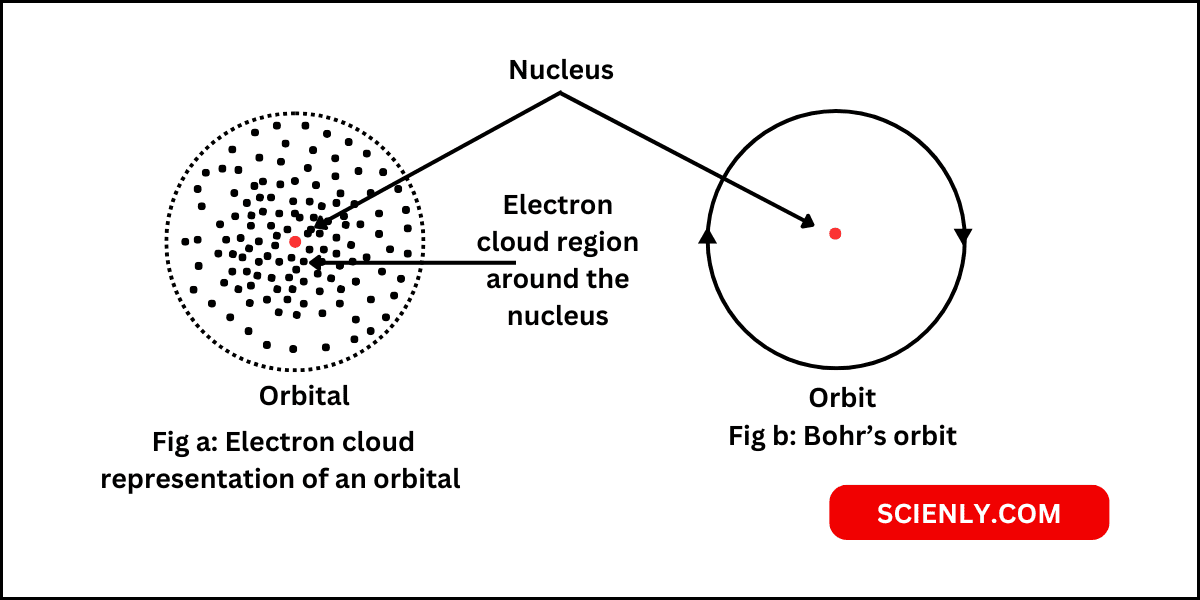
What is Orbital | Difference between Orbit and Orbital
Atomic orbital is the three-dimensional region or space around the nucleus of atom, where the probability of finding an electron is maximum (90 – 95%). In other words, an atomic orbital represents the region in the space where an electron…

Quantum Mechanical Model of Atom
Quantum mechanical model of atom is the atomic model which is based on the particle and wave nature of the electron. This model is also known as wave mechanical model of atom and Erwin Schrodinger developed it in 1926. In…

Schrodinger Wave Equation and Derivation
In this chapter, you will learn about the Schrodinger wave equation and its derivation. A microscopic object, such as an electron exhibits both observable wavelike and particle-like characteristics. Classical mechanics, which are based on Newton’s laws of motion, cannot explain…

Heisenberg Uncertainty Principle
In this chapter, you will learn about Heisenberg uncertainty principle. Neil Bohr’s theory assumes an electron as a material particle of small mass revolving round the nucleus in circular orbits situated at a fixed distance from the nucleus with a…
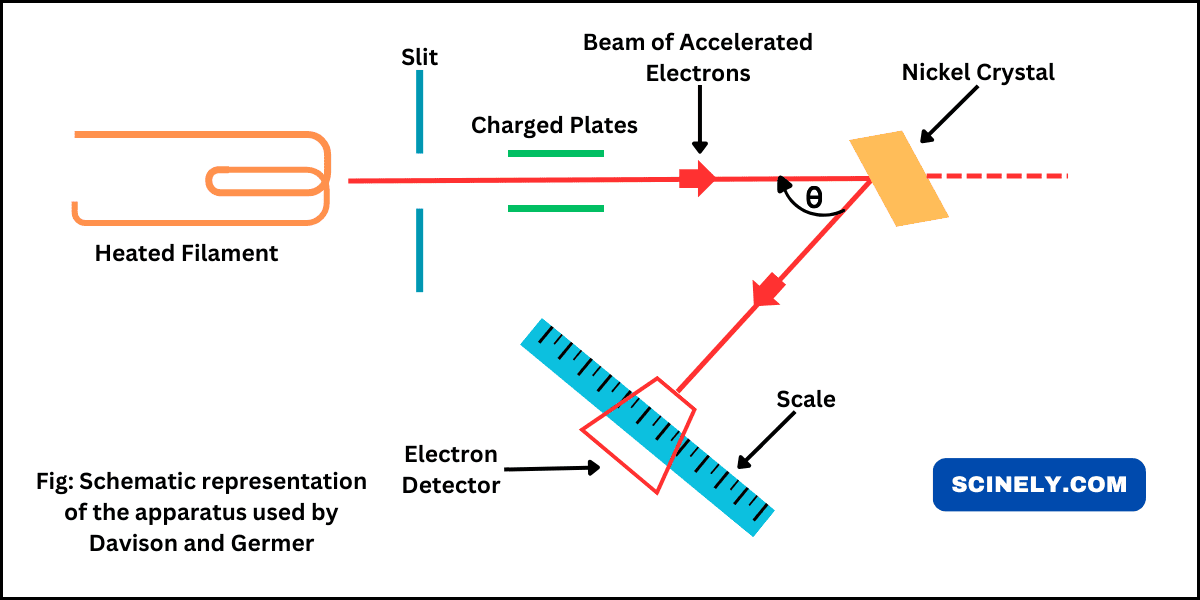
De Broglie Equation or Relationship
In this chapter, we will learn about the dual nature of particles: de Broglie equation or relationship. In 1905, Albert Einstein had suggested that the light has dual character, that is, sometimes it can behave as a wave as well…



